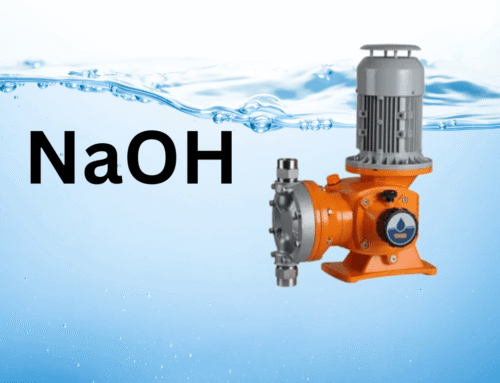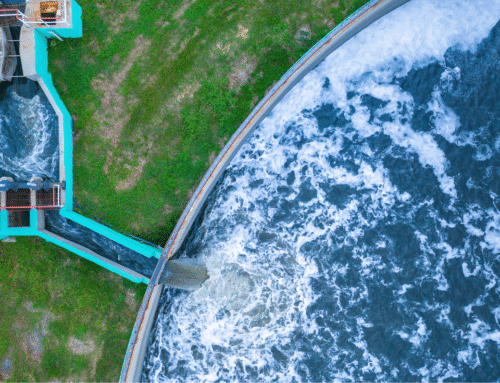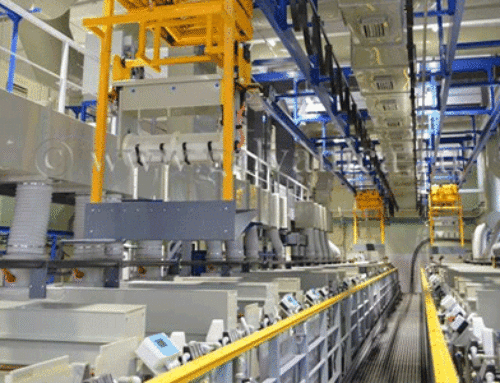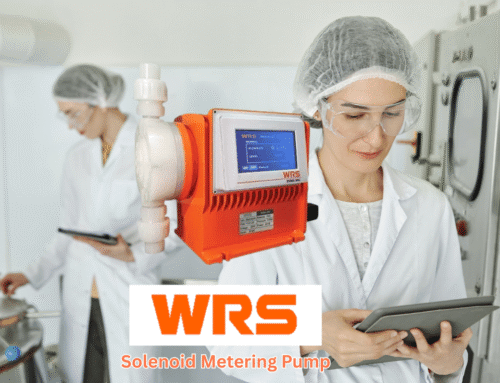An inline static mixer is one of the simplest yet most effective solutions for achieving consistent fluid mixing in pipelines. Unlike traditional mixers that rely on moving parts, an inline static mixer utilizes fixed elements within the pipe to split, rotate, and recombine fluid streams, ultimately forming a uniform mixture. Thus, these mixers play a vital role in improving product quality, system safety, and operational efficiency.
What is an Inline Static Mixer?
An inline static mixer is a device placed inside a pipeline to mix fluids without any moving parts. Inside, fixed elements like baffles, helical twists, or fins split, rotate, and recombine the fluid streams, blending liquids, gases, or powders into a uniform mixture.
A static mixer works without a motor, using the energy from the flowing fluid. Pressure moves the fluids forward, and the mixer’s elements create turbulence and cross-flow for thorough mixing with little energy use. How well it works depends on the design and number of elements inside.
Inline static mixers are widely used in industries that require reliable, continuous mixing. In water and wastewater treatment, chemicals such as chlorine or coagulants are added to the water. In food and beverage processing, they blend syrups, flavorings, or gases, such as carbonation. In pharmaceuticals, they help mix ingredients where sterility and consistency are essential. They’re also common in chemical processing and polymer production, where precise blending of reactants is critical.
The main advantages are their simplicity, low maintenance (due to the absence of moving parts), and ability to achieve consistent results in continuous processes. The trade-off is that they create some pressure drop in the line, since the flow has to work against the internal elements.
Different Types of Static Mixer Designs
Static mixers are available in different designs, each suited to the level of mixing needed and the type of fluids being handled. Here are the main types and what they do best:
1. Helical Static Mixers (KMS or Kenics type)
This classic design features twisted helix elements that rotate the flow 180°, splitting and recombining it. After several elements, the liquids are well mixed.
- Where they’re used: Water treatment (chlorine or pH chemicals into water), food and beverage (syrup blending, carbonation), and chemical processing.
- Strengths: Excellent for liquid–liquid and liquid–gas mixing, compact size, and high efficiency.
2. Plate Static Mixers
Instead of helices, these mixers have flat or corrugated plates arranged at angles across the pipe. The plates cut the flow into thin layers and redirect it, creating turbulence. They’re especially suitable for high-viscosity fluids, where helices would cause excessive resistance.
- Where they’re used: Polymer and resin production, adhesives, viscous chemical blending.
- Strengths: Handles very thick materials and produces uniform mixing in fewer elements.
3. Tab or Fin Static Mixers
Small tabs or fins create vortices as fluid passes, mixing the streams. This design is simple and features a low pressure drop.
- Where they’re used: Gas–gas mixing, water treatment where large flow volumes must be handled efficiently, and some combustion processes.
- Strengths: Lower energy loss, suitable for large-scale pipelines.
4. Crossed-Bar Static Mixers
Lattice-like crossed bars split and recombine, creating multiple mixing paths. Effective for mixing gases and dispersing fine particles into liquids.
- Where they’re used: Gas blending, dispersing air or oxygen into wastewater for aeration.
- Strengths: Great for gas mixing, simple structure, strong dispersive effect.
5. Custom Elements (e.g., X-Grid, Multi-lobe, Vane Mixers)
Some industries utilize specialized elements shaped like grids, vanes, or lobes, depending on their specific process requirements. For instance, multi-lobe mixers can create intense shear forces for emulsification (mixing oil and water phases).
- Where they’re used: Specialty chemicals, emulsions, pharmaceuticals.
- Strengths: Tailored performance for very specific mixing challenges.
Do You Need an Inline Static Mixer for Chemical Dosing?
Yes, an inline static mixer is often used with chemical dosing systems, and in many cases, it’s essential. Here’s why:
When a chemical dosing pump injects a precise shot of chemical into a pipeline—say, chlorine into water, anti-scalant into a cooling tower feed, or fertilizer into irrigation lines—that chemical initially enters as a concentrated stream or slug. Without mixing, it can travel unevenly through the system, creating “hot spots” where the chemical is too strong and “dead zones” where it barely reaches.
An inline static mixer disperses chemicals evenly by splitting, rotating, and recombining streams as soon as they enter, ensuring thorough blending before moving downstream. Benefits include:
- Accuracy in effect – the dosed chemical works as intended (e.g., water really is disinfected, pH really is corrected).
- Efficiency – less chemical is wasted because it’s distributed properly.
- Safety – no risk of localized overdosing that could damage equipment, crops, or products.
That said, you don’t always need one. If the system already has turbulent flow (such as high-velocity pipelines or aerated tanks), mixing may occur naturally. However, in low-flow or laminar systems—such as smooth water pipelines, fertigation lines, or pharmaceutical processes—an inline static mixer is almost essential to ensure reliable dosing.
In summary, chemical dosing pumps control how much chemical is added, while static mixers make sure it is spread evenly. They work together to achieve the same goal.
WRS Dosing Inline Static Mixers
WRS Dosing offers inline static mixers specifically designed to complement dosing systems across various industries. These mixers, with no moving parts, are simple, durable, and easy to maintain. They are also effective in creating emulsions by breaking down ingredients into smaller particles, thereby improving bonding.
Our inline static mixers are available in multiple models (DN15 to DN100), covering flow rates from 0.4 m³/h up to 120 m³/h. They come with various connection options—socket, thread, or flange—making them adaptable to different pipelines and setups.
If your process requires precise chemical dosing and reliable mixing, you can get the right solution directly from WRS Dosing. Not only do we supply a wide range of dosing pumps and inline static mixers, but we also offer expert consultation to help you choose the best configuration for your application. From water treatment plants to high-tech industrial processes, WRS Dosing delivers equipment that ensures accuracy, safety, and long-term reliability.







Leave A Comment